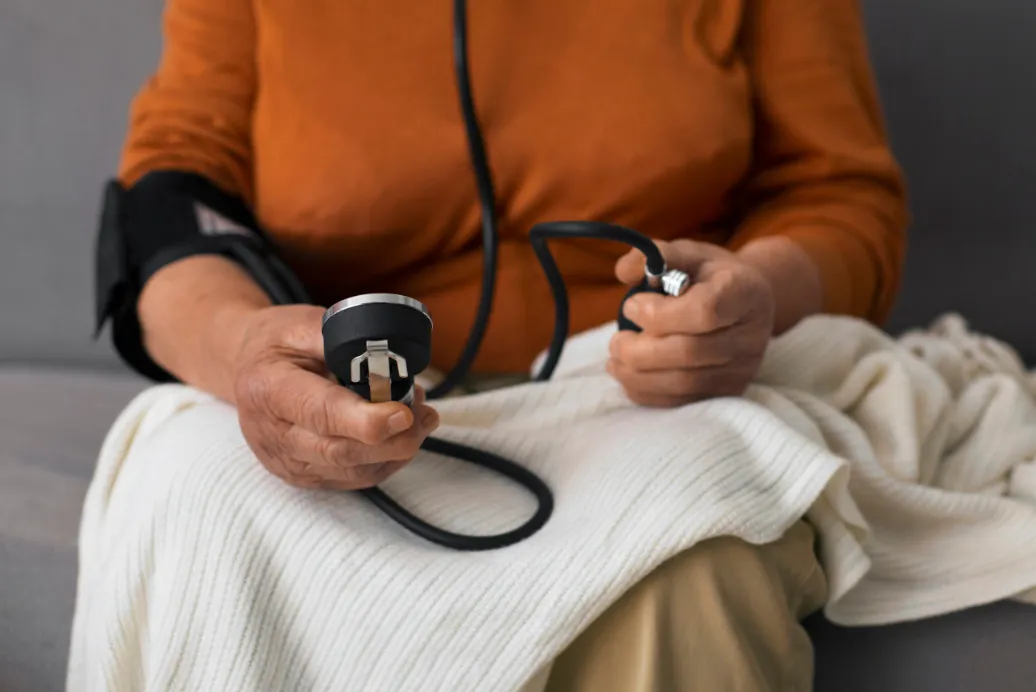Tips for At-Risk Patients
Pressure sores, or bedsores, are a common problem for immobile patients. We provide advice on preventing them with proper care and support.
Preventing pressure sores (also known as bedsores or pressure ulcers) is essential, especially for individuals who are bedridden, wheelchair-bound, or have limited mobility. These sores develop when prolonged pressure restricts blood flow to certain areas of the skin, typically over bony areas like the hips, heels, elbows, and tailbone. Here are some key strategies to prevent pressure sores:
1. Frequent Position Changes
- Repositioning Schedule: For bedridden individuals, change positions at least every 2 hours to relieve pressure on vulnerable areas. For those in a wheelchair, shift positions every 15–30 minutes if possible.
- Use Pillows: Place pillows between bony areas (such as knees and ankles) to reduce pressure and friction.
- Special Mattresses or Cushions: Consider using pressure-relieving mattresses, mattress overlays, or cushions designed to distribute weight more evenly and reduce pressure on vulnerable areas.
2. Skin Inspection
- Daily Skin Checks: Perform a daily check of skin areas prone to pressure sores. Look for early signs like redness, discoloration, blisters, or any changes in skin texture. The earlier pressure sores are detected, the easier they are to treat.
- Moisturize Dry Skin: Keep skin moisturized to prevent cracking, but avoid making it too moist, as excess moisture can lead to skin breakdown.
- Manage Incontinence: For individuals with incontinence, ensure prompt and proper cleaning to avoid prolonged exposure to moisture, which can increase the risk of sores.
3. Nutrition and Hydration
- Protein-Rich Diet: A balanced diet rich in protein, vitamins (especially vitamin C), and minerals (like zinc) is crucial for maintaining skin integrity and promoting tissue repair.
- Stay Hydrated: Ensure proper hydration, as dehydrated skin is more prone to damage.
4. Reduce Friction and Shear
- Lift, Don’t Drag: When moving someone in bed, avoid dragging them, which can cause skin friction and tearing. Use lifting aids or have someone help to lift the individual properly.
- Proper Positioning: Keep the bed slightly elevated to avoid sliding down, which causes shear forces on the skin. Avoid positions that place excessive pressure on the bony areas.
5. Pressure-Relieving Devices
- Use Cushions or Pads: Use specialized cushions and pads designed to relieve pressure on specific areas, such as foam, gel, or air cushions for wheelchairs or beds.
- Alternating Pressure Devices: Consider using an alternating pressure mattress that regularly changes pressure points on the body to reduce the risk of sores developing.
6. Keep the Skin Clean and Dry
- Clean and Dry: Keep the skin clean and dry, especially for individuals who sweat excessively or have urinary or fecal incontinence. Clean the skin gently after any moisture exposure and dry it thoroughly.
- Barrier Creams: Apply moisture-barrier creams or ointments to protect the skin from irritation caused by excess moisture, particularly for incontinence care.
7. Exercise and Movement
- Range-of-Motion Exercises: For individuals with limited mobility, perform daily range-of-motion exercises to improve circulation and reduce the risk of pressure sores.
- Encourage Movement: Encourage even small movements throughout the day to stimulate blood flow and reduce pressure on any one part of the body.
8. Proper Bedding and Clothing
- Avoid Tight Clothing: Ensure that clothing and bedding are not too tight, as this can lead to restricted circulation and increase pressure.
- Soft, Breathable Fabrics: Use soft, breathable fabrics for clothing and bedding to reduce friction and irritation on the skin.
9. Manage Underlying Health Conditions
- Control Blood Sugar: For individuals with diabetes, maintaining proper blood sugar control is essential for reducing the risk of skin breakdown and slow wound healing.
- Treat Circulatory Problems: Manage any underlying circulatory issues, such as peripheral artery disease, to ensure good blood flow to the skin and tissues.
10. Educate Caregivers
- Caregiver Training: Ensure caregivers are trained in proper repositioning techniques, skin inspection, and pressure-relieving strategies to prevent the development of pressure sores.
Conclusion
Preventing pressure sores requires a combination of vigilant skin care, regular repositioning, proper nutrition, and the use of supportive devices. Early intervention is key to avoiding more severe complications, making frequent skin checks and proactive care essential for those at risk.


